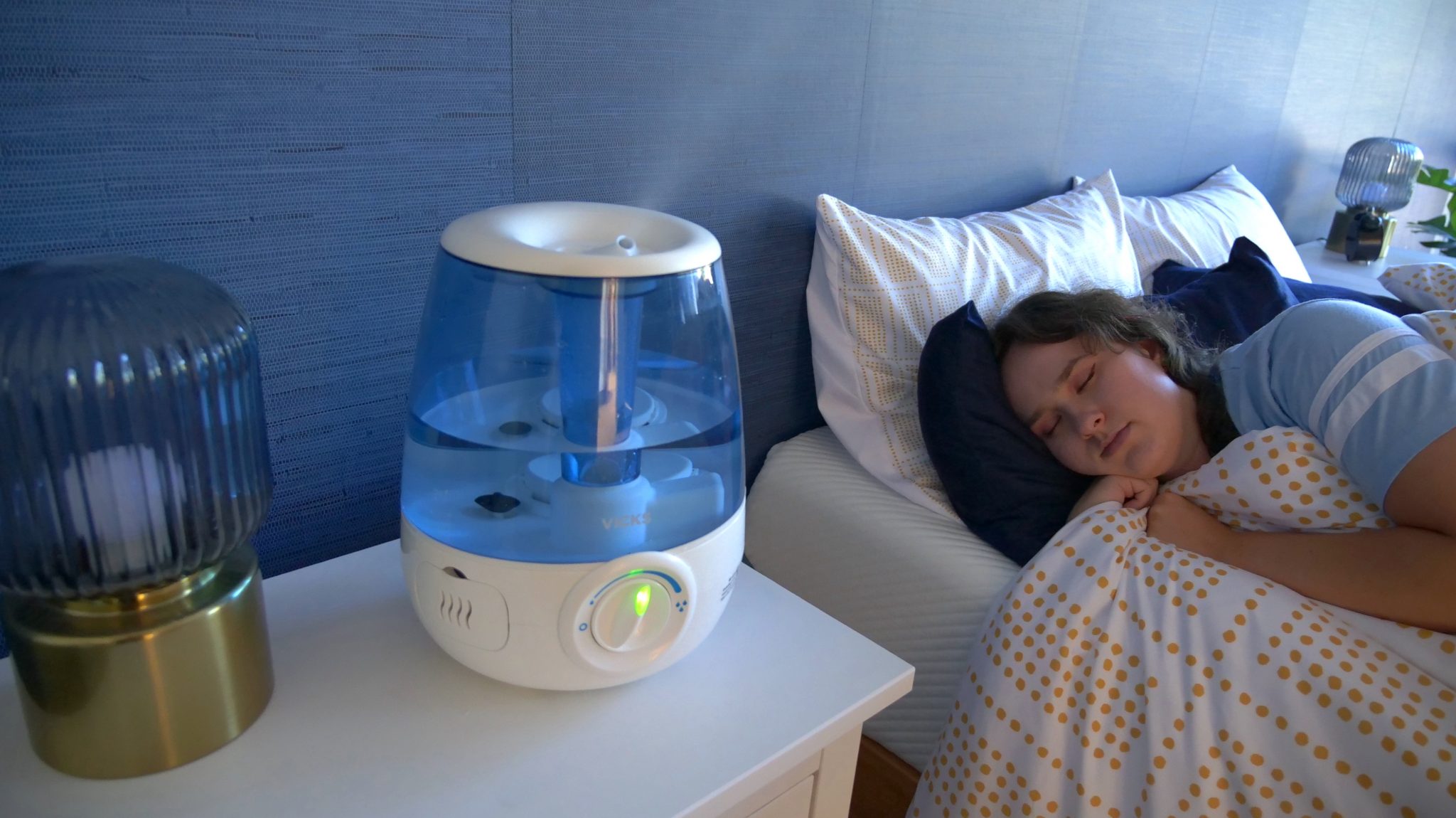Understanding Humidifiers

Imagine waking up in the morning, feeling refreshed and energized, with your skin feeling soft and supple. That’s the power of a good night’s sleep in a comfortably humidified bedroom. But how do you choose the right humidifier to create that perfect oasis? Let’s dive into the world of humidifiers and understand how they work their magic.
Types of Humidifiers
There are different types of humidifiers available, each with its own unique features and benefits. Understanding these differences can help you choose the best humidifier for your needs.
- Cool-Mist Humidifiers: These humidifiers use a fan to blow cool, moist air into the room. They are generally considered safer for children and pets as they don’t have a heating element. They are also quieter than warm-mist humidifiers.
- Warm-Mist Humidifiers: These humidifiers use heat to vaporize water, creating warm, moist air. They are often preferred for their ability to kill bacteria and viruses, making them a good choice for people with respiratory issues. However, they can be a bit noisy and require careful supervision due to the heating element.
- Ultrasonic Humidifiers: These humidifiers use high-frequency sound waves to create a fine mist. They are known for their quiet operation and ability to run for long periods without needing to be refilled. However, they can sometimes produce mineral deposits, which can be a concern for people with sensitive skin or respiratory issues.
Benefits of Using a Humidifier in the Bedroom
Humidifiers can be incredibly beneficial, especially during dry seasons when the air can become very dry. Here’s how they can improve your sleep and overall well-being:
- Relieve Dry Skin and Respiratory Issues: Dry air can irritate your skin and make it itchy and flaky. It can also worsen respiratory conditions like asthma and allergies. A humidifier adds moisture to the air, making it easier to breathe and reducing skin irritation.
- Improve Sleep Quality: Dry air can lead to a stuffy nose, making it difficult to breathe comfortably at night. A humidifier can help keep your nasal passages moist, allowing you to sleep soundly.
- Reduce Static Electricity: Dry air can cause static electricity, which can be annoying and even dangerous. A humidifier can help reduce static electricity, making your bedroom more comfortable.
Choosing the Right Humidifier, Best way to use humidifier in bedroom
Choosing the right humidifier depends on your bedroom size and personal needs. Here are some factors to consider:
- Bedroom Size: Choose a humidifier that is appropriate for the size of your bedroom. Larger humidifiers are better suited for larger rooms.
- Desired Humidity Level: Most humidifiers have adjustable settings that allow you to control the humidity level in your room. Consider your personal preferences and the recommended humidity level for your climate.
- Noise Level: If you are a light sleeper, consider a quiet humidifier. Some humidifiers are quieter than others.
- Maintenance Requirements: Some humidifiers require more maintenance than others. Consider how much time you are willing to spend cleaning and refilling your humidifier.
Optimizing Humidifier Usage: Best Way To Use Humidifier In Bedroom

Imagine waking up in your bedroom feeling refreshed and energized, not stuffy and dry. Achieving that perfect balance of moisture in your bedroom is all about finding the right humidity level for your needs. Think of it like finding the perfect temperature for your bath—too hot or too cold, and it’s just not enjoyable.
Ideal Humidity Levels
Finding the sweet spot for your bedroom humidity is crucial for a comfortable and healthy sleep. The ideal humidity level for most people is between 40% and 60%. This range helps prevent dryness, irritation, and even respiratory problems. A humidity level below 30% can lead to dry skin, chapped lips, and nosebleeds, while a level above 60% can contribute to mold growth and worsen allergies.
Comparing Humidity Levels
Here’s a quick comparison of the pros and cons of different humidity levels:
| Humidity Level | Benefits | Drawbacks |
|---|---|---|
| Below 30% | Reduced dust mites and mold growth | Dry skin, chapped lips, nosebleeds, increased static electricity |
| 30% – 60% | Comfortable breathing, reduced allergy symptoms, improved sleep quality | Potential for mold growth if not properly ventilated |
| Above 60% | Relief from dry skin and respiratory issues | Increased risk of mold growth, allergy triggers, stuffy air |
Creating a Humidifier Schedule
Your humidifier schedule should be tailored to your individual needs and the climate you live in. Here’s a simple guide:
* During the winter: The air tends to be drier, so using a humidifier regularly can help alleviate dryness. Aim for a humidity level between 40% and 50%.
* During the summer: Humidity levels naturally increase, so you may not need to use your humidifier as frequently. However, if you have air conditioning, which can dry out the air, you may still benefit from occasional use.
* In humid climates: You may not need to use a humidifier at all, especially during the summer months. Monitor your humidity levels and adjust your usage accordingly.
